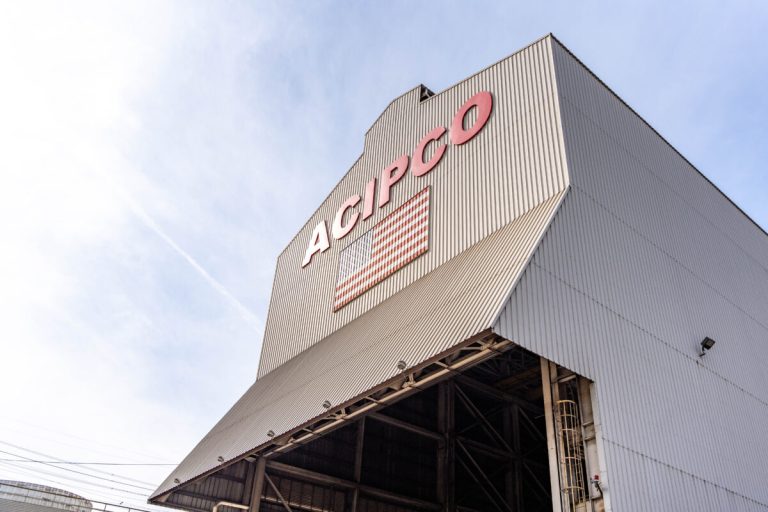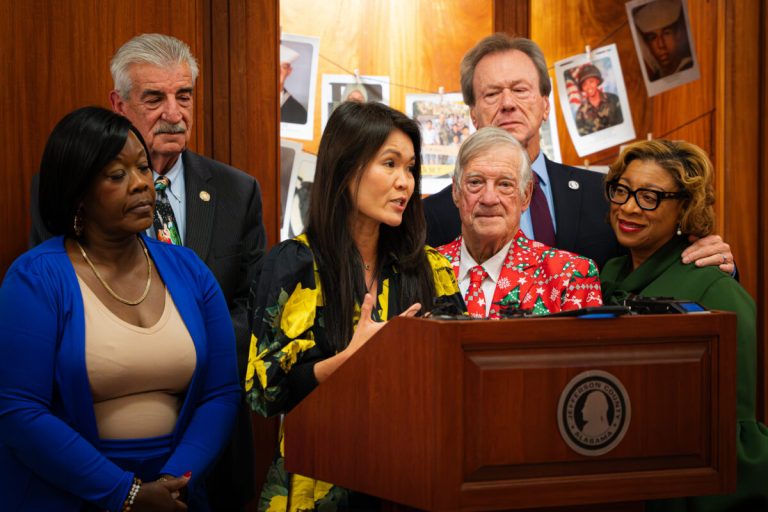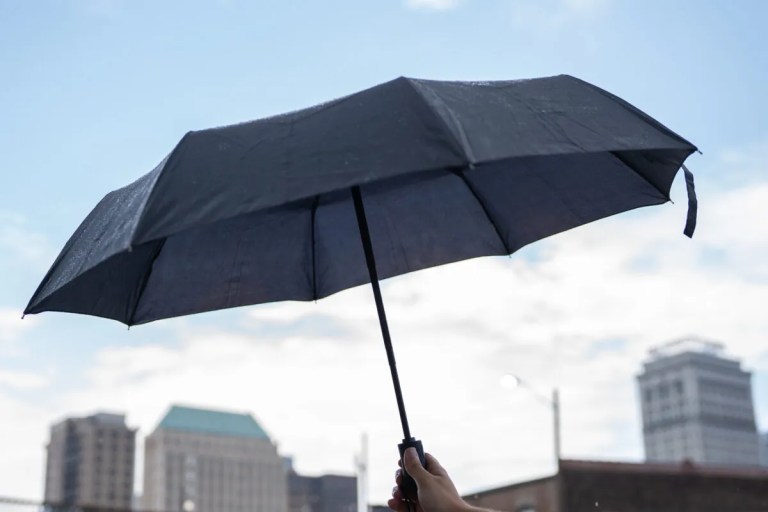For a few Alabama residents, solar is so good! Part 3 of 3
Reading time: 8 minutes
Sponsored

While Alabama lags far behind much of the nation in terms of solar energy policies and usage – a situation we examined in the first two parts of this series – there are a few state residents determined to let the sun shine in to their homes.
Solar power systems remain a rarity on individual homes in Alabama. According to data from the Solar Energy Industries Association (SEIA), only about 10,000 homes in the state are at least partially powered by solar, compared to approximately 162,000 in neighboring Georgia. Solar advocates say the primary reason for this discrepancy is that many of the existing rates and policies in Alabama – such as Alabama Power’s monthly charge of $5 per kilowatt imposed on solar users – greatly increases the payback time for installing a solar system, which discourages many people from making the switch.
Among those Alabamians who decided to venture down the solar pathway are Rick and Patricia Trescott, who live in the Blount County community of Royal. In 2012 they installed solar panels at their home, which doubles as a dog grooming and boarding business, and for the past four years have been part of the American Solar Energy Society’s “National Solar Home Tour.”
“Solar power is something I’ve been interested in since the ‘70s,” Rick Trescott said. “We have good friends and neighbors (whose homes) are solar powered and believe in living lightly on the land. They all had a very positive influence on us. We also felt some personal responsibility in regard to supporting the developing technologies of alternative energy.”
There are a few initial steps that need to be taken before a house can be converted to solar. First, it has to be determined whether the home is even a good candidate. Ideally, the house needs to have exposure to the southern sky, since the sun’s rays are strongest near the Equator. The amount of shade covering the roof during the day is a factor, as is the pitch of the roof.
There are system designers and other solar experts who can be hired to analyze a house and determine its solar potential. A device called a solar pathfinder can be installed to track the amount of sunlight that hits the roof throughout the year. And a quick assessment of a home’s solar potential can be found online at Google’s Project Sunroof.
You also will need to make sure your roof can structurally handle the weight of the solar panels, which are about 40 pounds each. The number of panels needed will vary, depending upon the size of the house and the amount of energy to be produced, but an average installation of approximately 5.5 kilowatts requires 20 panels. That would be 800 pounds, the equivalent of four or five people standing on your roof at the same time. For most houses, that weight load is not a problem.
If you decide to go solar, you will need to contact Alabama Power and fill out the necessary paperwork in order to interconnect the solar panels with the utility grid. When Charles and Elizabeth Scribner had solar panels installed at their Birmingham home in 2015, they decided to keep their air conditioner, oven and clothes dryer on the electrical grid, since those appliances use the most power and would rapidly drain their solar reserves.
“It would be like downloading a very large program onto your laptop while it’s not plugged in,” Elizabeth Scribner said.

A solar system designer can work with most electricians to take care of the installation and obtain all the required permits. Scribner said it is important to contact the local permitting board to ensure that the system complies with local electrical and building codes.
Probably the biggest deterrent for many people who might consider going solar is the price. Trescott said they spent more than $30,000 on their 5.7-killowatt system, though the final total was closer to $20,000 after they received a 30 percent Solar Investment Tax Credit from the federal government. He said their total included approximately $4,000 in additional wiring costs that most people wouldn’t have to pay, since the system was installed on a structure located nearly 200 feet from the main house.
But the Trescotts were able to save a considerable amount of money by doing part of the work themselves, and had several friends help with the installation. The labor costs to have a solar power system installed can increase the overall price by 30 to 50 percent.
Then there is the cost of a battery backup system, which can easily add several thousand dollars to the total (Trescott said they purchased used batteries for about $1,800). A typical battery system is about the size of a small washer-dryer set. It needs to be stored in a dry place, though an attic usually is not a viable option because of the weight of the system. The Scribners were able to tuck their battery system underneath the stairs leading to the garage.

The batteries gather and store excess solar power during the day, then can be used at night or on cloudy / rainy days. Scribner said their batteries can run the house for three full days without any light, though as she noted,
“There’s never a total solar blackout. We can have rain for a week, but there’s still some sun getting through.” Scribner added that while they have electrical outages a few times each year, their solar power system has never failed. “It definitely is a reliable energy source,” she said.
One of the best things about a solar power system is that once it’s installed, there is hardly any maintenance. The panels should be cleared of debris once or twice a year (Scribner recommends taking care of it whenever the gutters are cleaned), and they might have to be hosed off on occasion to remove pollen build-up, or if there is an extended period of time without rain. Other than that, the sun does most of the work.
Utilizing solar energy can greatly reduce monthly energy costs. It can be difficult to pinpoint the precise amount of savings since energy bills often fluctuate significantly from month to month and year to year. Scribner said they have seen their power bill reduced by more than 50 percent most months, while Trescott estimates savings of more than 60 percent.
Still, considering the amount of money needed to have a solar power system installed, it takes a decade or more for the energy savings to offset the upfront costs. But Trescott said money is not necessarily the most important factor in going solar.
“Two of the questions that are always asked during the Solar Tour are, ‘How much did it cost?’ and ‘What is the payback,’ ” Trescott said. “I always respond by saying, ‘I could have bought a new Ford F-150 pick-up truck for about the same money. And if I had spent the money on a truck, no one would have ever asked what the payback was.’ ”
Of course, the benefits of solar extend far beyond individual homes. An increasing number of businesses and other entities are turning to solar power, which is spurring economic growth in the sector. According to a report by the Solar Foundation, one out of every 50 new jobs created in the United States in 2016 was in the solar industry (up from one in 83 in 2015), and the industry grew 17 times faster than the overall U.S. economy.
Even in Alabama, there are rays of solar progress poking through the clouds. Examples include:
● The Altamont School in Birmingham recently installed a 14.7-kilowatt solar system that officials expect will provide approximately 20 percent of the school’s daytime electricity needs.
The Altamont School’s new solar power system.● In 2014, Apel Steel Corporation in Cullman became the world’s first off-grid solar-powered industrial factory.
● The Alabama Environmental Council’s new recycling center in Avondale includes a 1.5-kilowatt solar power array that helps reduce electricity costs by 10 to 15 percent.
● And as evidence that going solar can be both fun and environmentally friendly, a new solar lighting system at Red Mountain Park allows guest to zip line, rappel and climb at night.
In case you missed it, here is part 1″Bright future of solar power not yet shining in Alabama” and part 2 “Solar power in Alabama – Do we need policy changes?” of our Solar Series.
Are you making plans to go solar or know a friend who did? We’d love to hear about your experience at hello(@)bhamnow.com.



